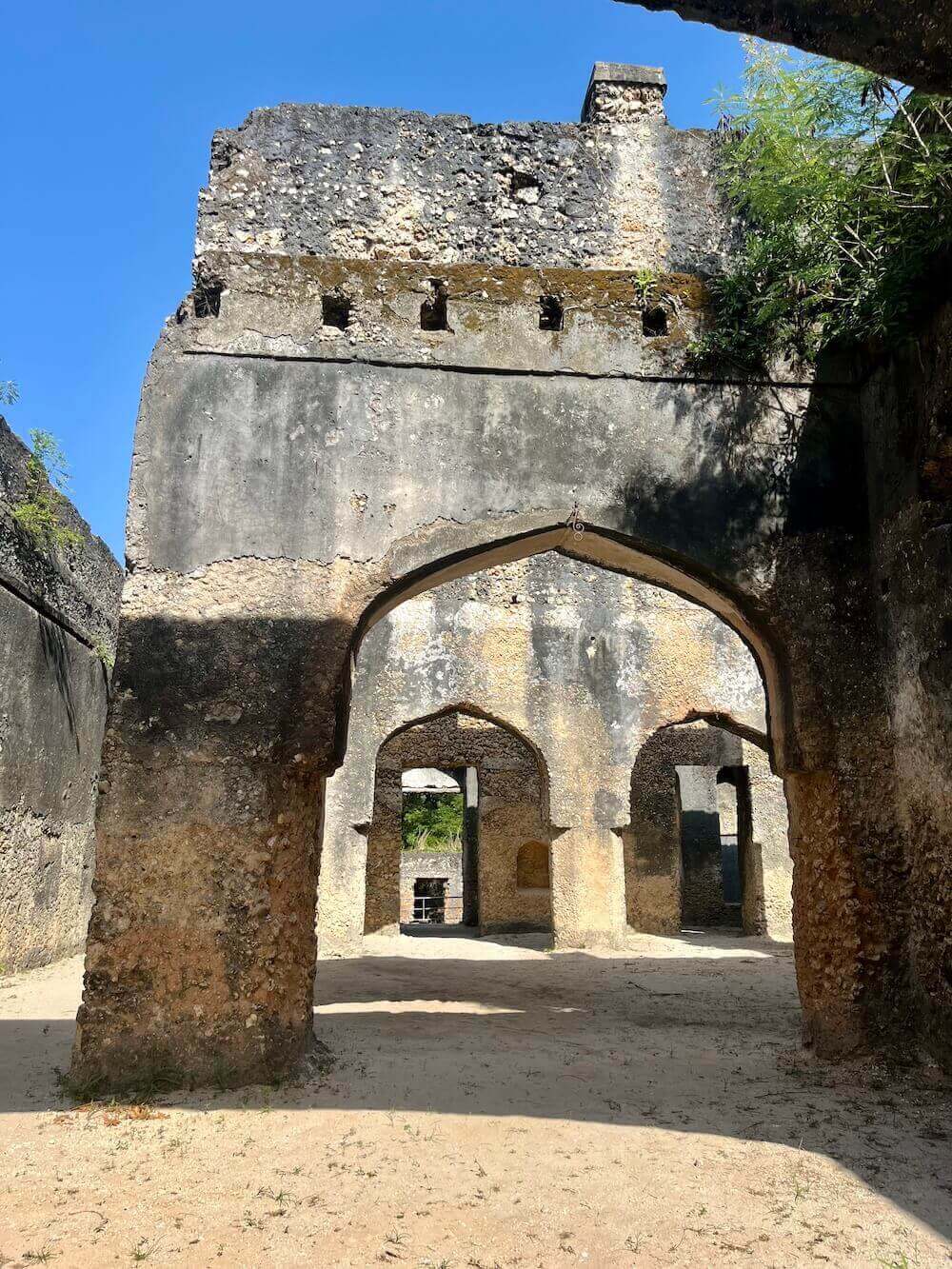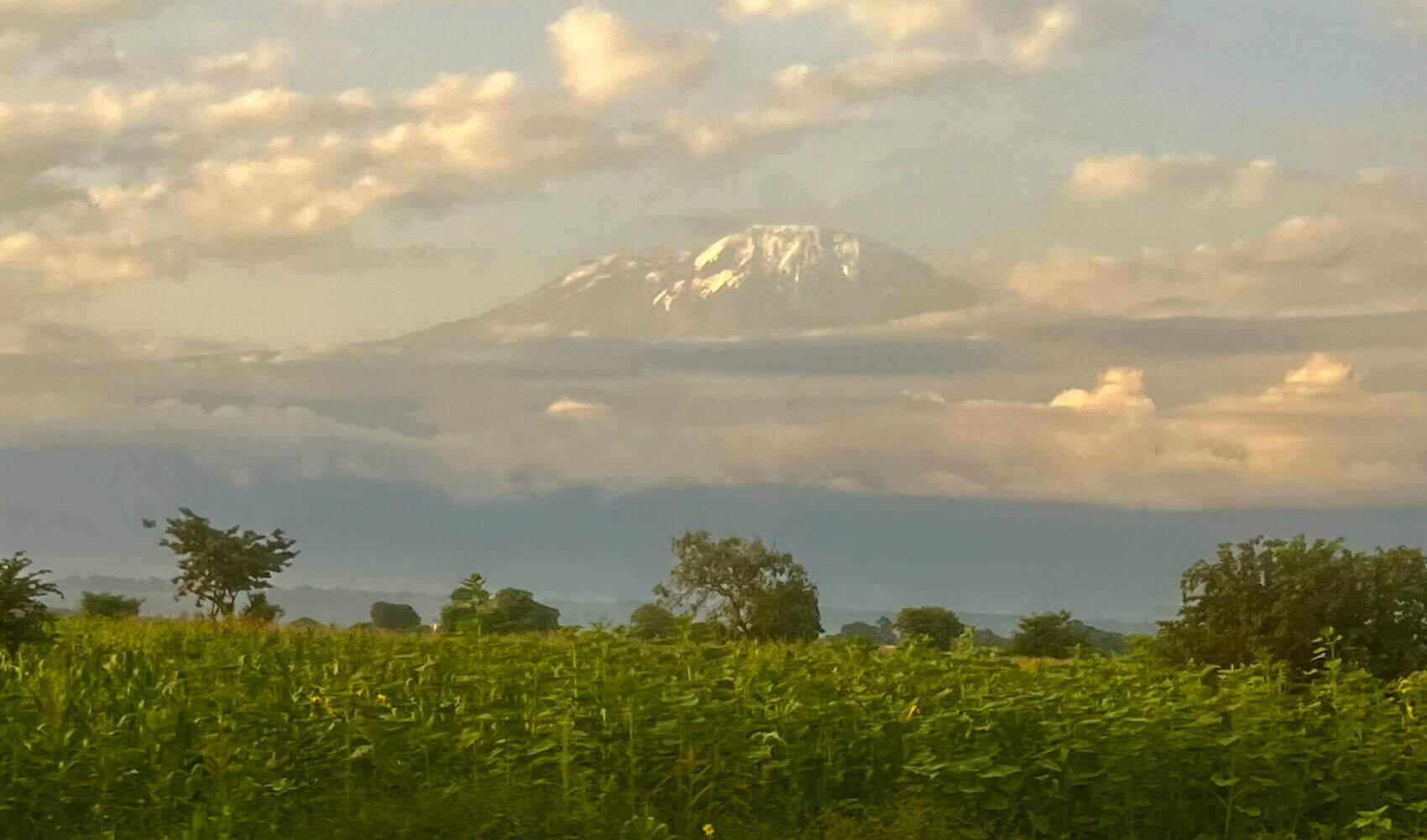
I visited Tanzania in June 2024, as part of my East Africa trip with my college friend Allen Liu. We took a 10-hour shared taxi from Nairobi to Moshi, a city near the Kenyan border at the base of Kilimanjaro. The big highlight of our trip was climbing this majestic mountain. After taking yet another bus to Dar Es Salaam, it became apparent that Tanzanian transport operates on what the locals call “Tanzanian Flexible Time” – your bus will eventually reach its destination, but this could occur anytime between now and next Tuesday. Although Allen's features are ethnically Chinese, and I look White, multiple people had difficulty telling us apart. I had heard the stereotype that all Asians look alike to some White people, and the stereotype that all White people look alike to some Asians. I was bemused that Allen and I were indistinguishable to some Africans.
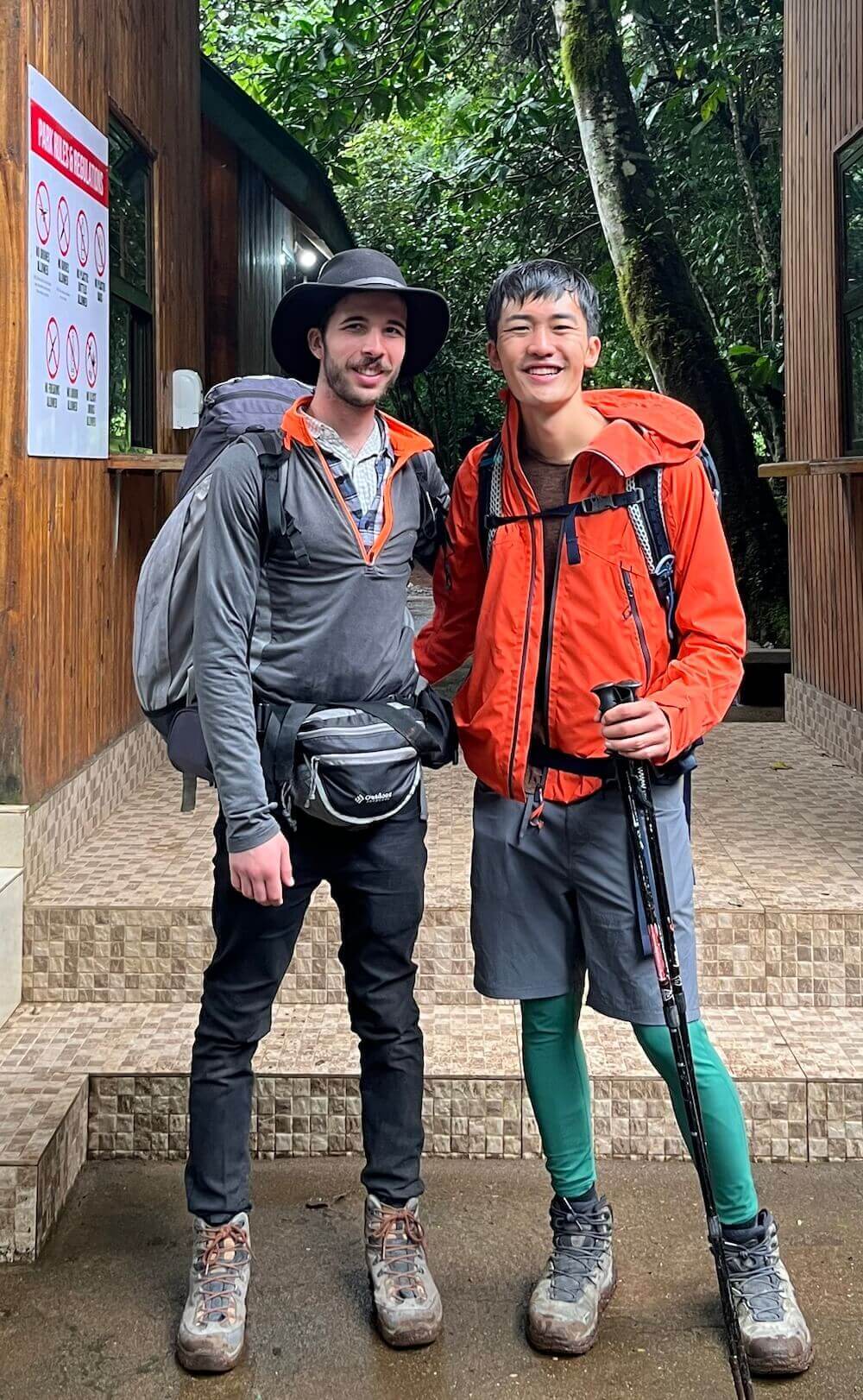

Dar Es Salaam is Tanzania’s largest city and business hub. An Indian-Tanzanian friend connected us with a friend of his who lives in Dar Es Salaam, who took the time to show us around the city and introduce us to one of the less crowded beaches. Although Dar Es Salaam is very cosmopolitan, I noticed a clear stratification between the wealthier White and Indian people (who were brought in by the British and now control many of Tanzania's businesses), and the poorer Black people. A highlight of the city was the Village Museum, which showcases traditional huts and housing from Tanzania's numerous ethnic groups. Zanzibar is an island in the Indian Ocean that is a 1.5-hour ferry ride from Dar Es Salaam. Although Tanzania is a Christian-majority country, Zanzibar is almost entirely Muslim. It is a tourist hotspot, and its historic Stone Town was designated a UNESCO World Heritage Site because of its rich cultural heritage that blends Middle Eastern, European, and Indian architectural styles.
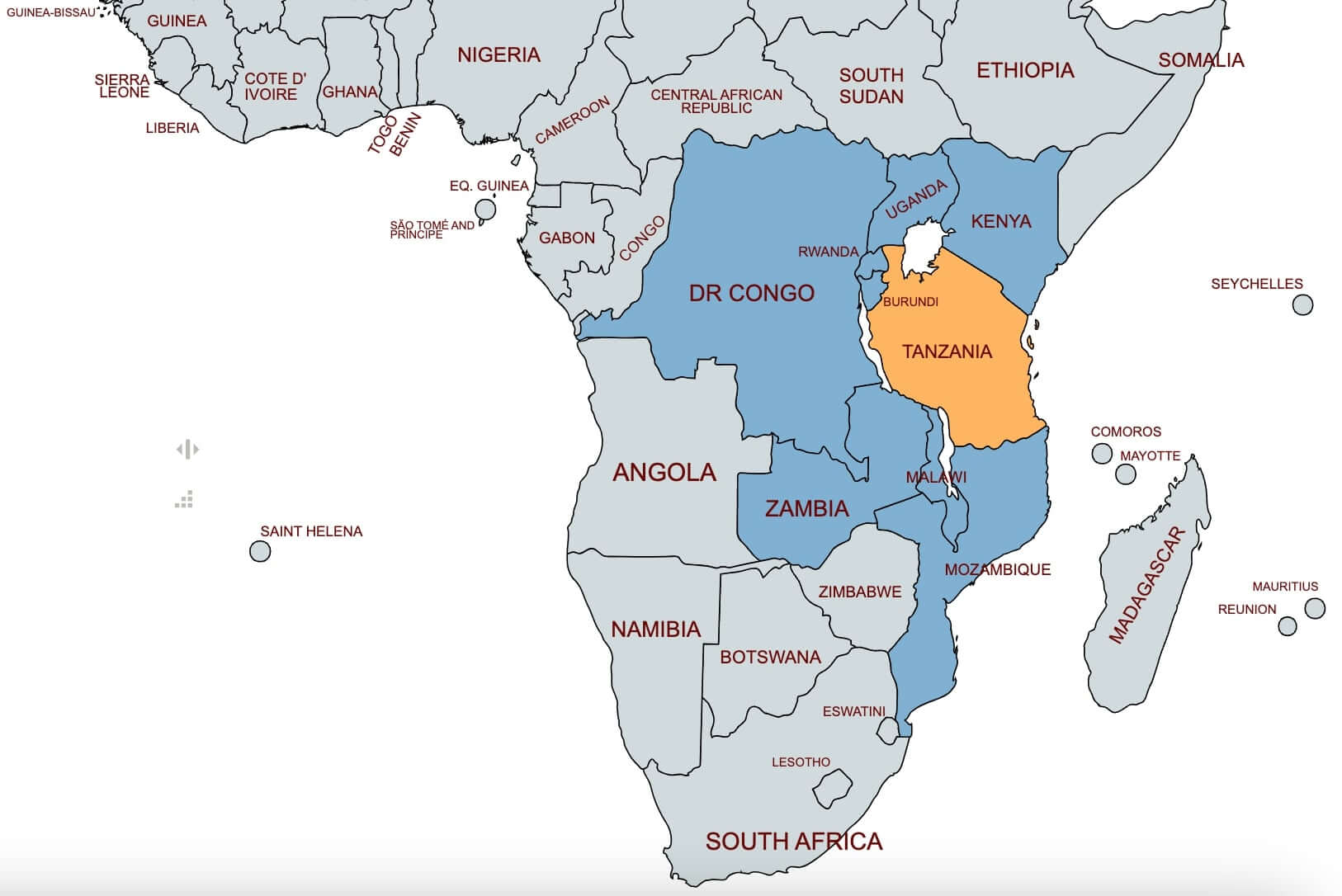
Tanzania’s position in the Indian Ocean has made it an important trade hub with the Middle East and India over the centuries. This trade left a major impact on Swahili, East Africa's closest thing to a lingua franca. Although Swahili is an African Bantu language, around 20% of its vocabulary comes from Arabic. Tanzania was colonized by Germany during the 1880s, and remained known as German East Africa until 1920, when Germany ceded it to Britain following its defeat in World War I. It was then called Tanganyika. It remained under British control until gaining its independence in 1961. In 1964, Tanganyika united with Zanzibar (which used to be a separate country) to become Tanzania.
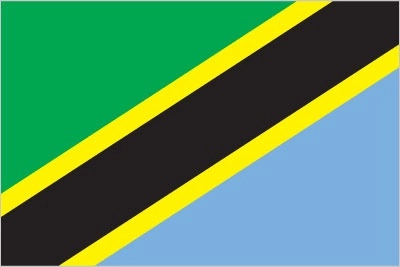
Between 1961 and 1985, Tanzania was led by Julius Nyerere, a popular leader who devised a socialist policy called Ujamaa, which focused on self-reliance of local communities. He also promoted the use of Swahili, which helped unite Tanzania’s diverse population. These policies helped Tanzania develop in many areas, including healthcare and education. However, its economy stagnated during Nyerere’s rule. Since Nyerere resigned in 1985, power has democratically changed hands five times, and Tanzania has been one of the most stable and peaceful countries in the region. Nonetheless, all of Tanzania’s leaders since independence belong to the same political party, and the people I met consistently said that corruption is a major problem.
Kilimanjaro is the highest free-standing mountain in the world. It does not require any technical skills to climb. Nonetheless, it took us 5 days to complete this 50 mile / 80km hike. We had to move slowly to acclimatize to the high elevation (5,895m / 19,340ft at the peak). A guide is mandatory to climb Kilimanjaro, and the cheapest option we could find was still very expensive. But in Tanzania, this gets you what is essentially a luxury tour of the mountain. With a 9-person team of porters and guides accompanying us, we had 3 gargantuan meals each day. We appreciated learning about local life in Tanzania from our guide, Lazaro, during our ascent. On day 2, we crossed the cloud layer. The view from above of the endless sea of clouds was mesmerizing.
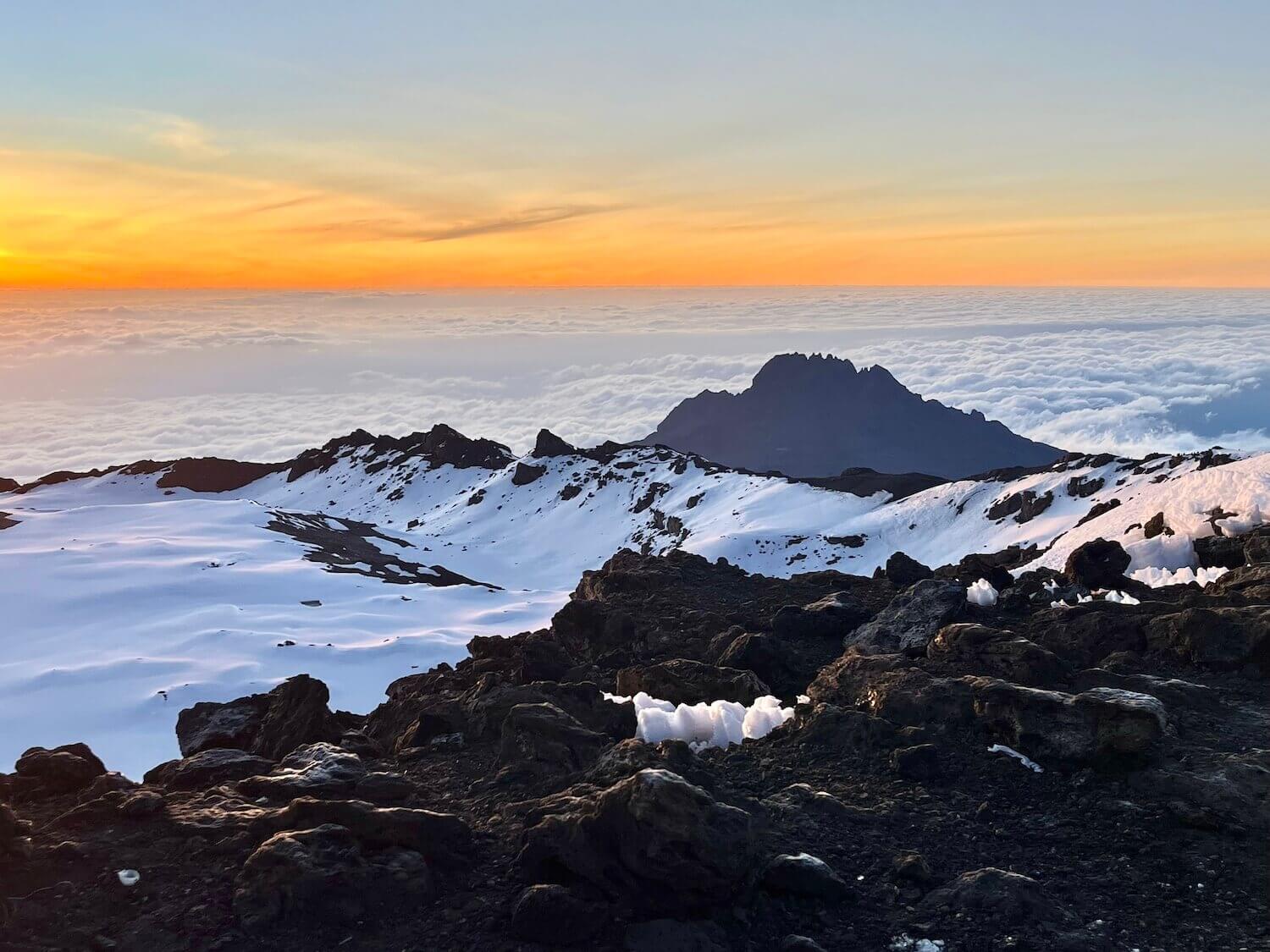
On day 4, we started our hike to the summit at 12:30am. Although not technical, it was exceptionally steep. I suffered from moderate elevation sickness. Fortunately, I did not feel nausea, but my brain felt like it was operating at 60% capacity, and I was constantly dizzy. The stunning view of the night sky inspired me to keep on walking. We reached the summit at 6:30am, just as the sun was rising. The snow was hard to distinguish from the white sea of clouds below, making for an idyllic yet disorienting picture. Kilimanjaro’s summit is called Uhuru Peak, which means freedom. Lazaro told us this commemorates Tanzania’s freedom from British colonial rule. The journey down went much faster than the way up.
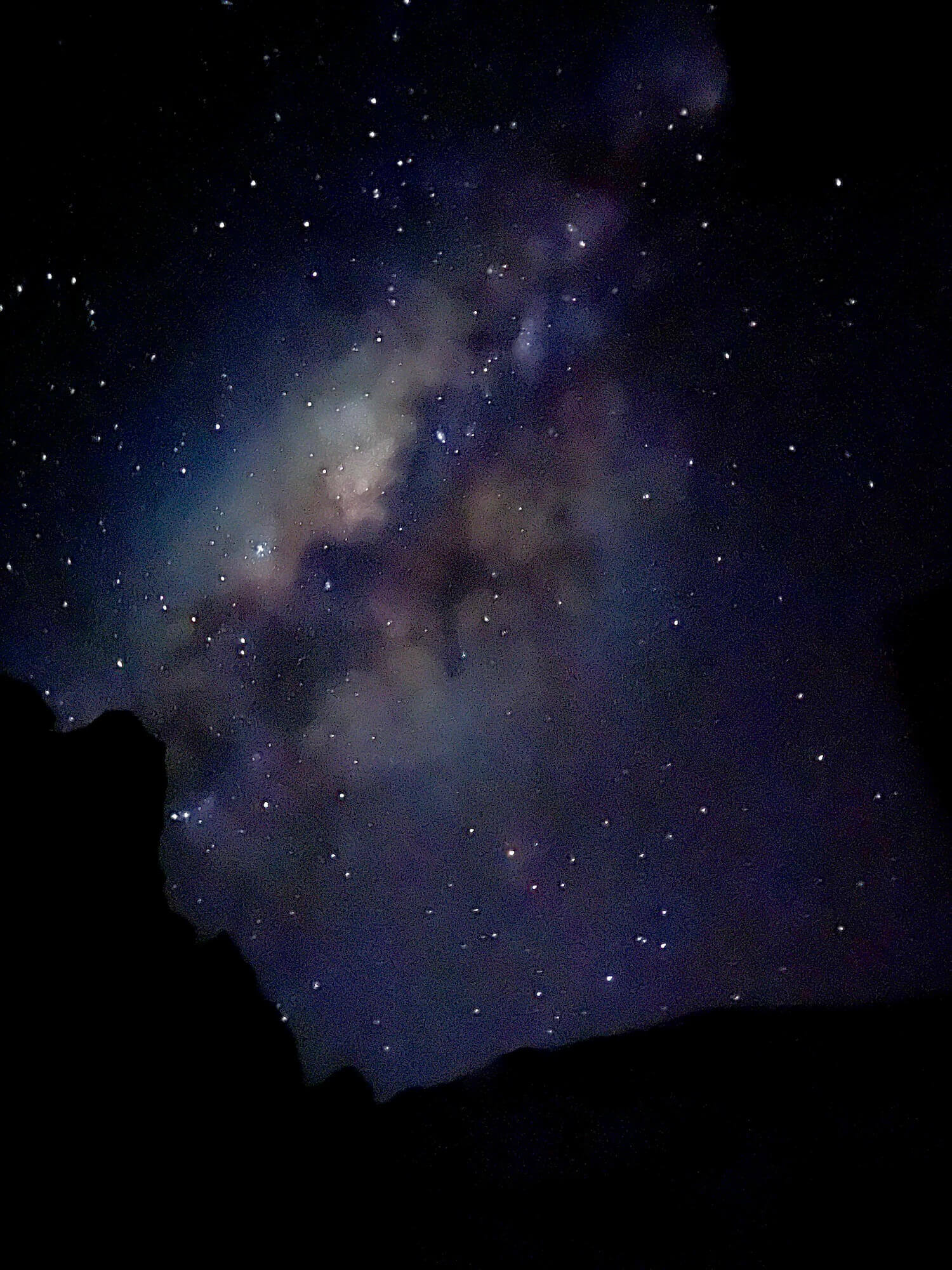
The Mtoni Palace is located very close to Zanzibar's Stone Town. It was built in 1828 for Sultan Sayyid Said and his family. Although it used to be a gorgeous building, today it is decrepit and in ruins. I was shocked to learn that Zanzibar was a central hub of the Indian Ocean slave trade for centuries. Starting in the 18th century, Zanzibar was controlled by the Omani Empire, which evolved into the Zanzibar Sultanate. Slavery peaked during this time, as they captured thousands of Bantu people from nearby East African regions, and sold them to Arabs in the Middle East, and even as far away as India and China. At the end of the 19th century, as the British Empire gained power, it pressured the Sultanate into stopping their slave trade. I find it ironic that a nation that instigated the Transatlantic slave trade would be responsible for the fall of the Indian Ocean slave trade.
